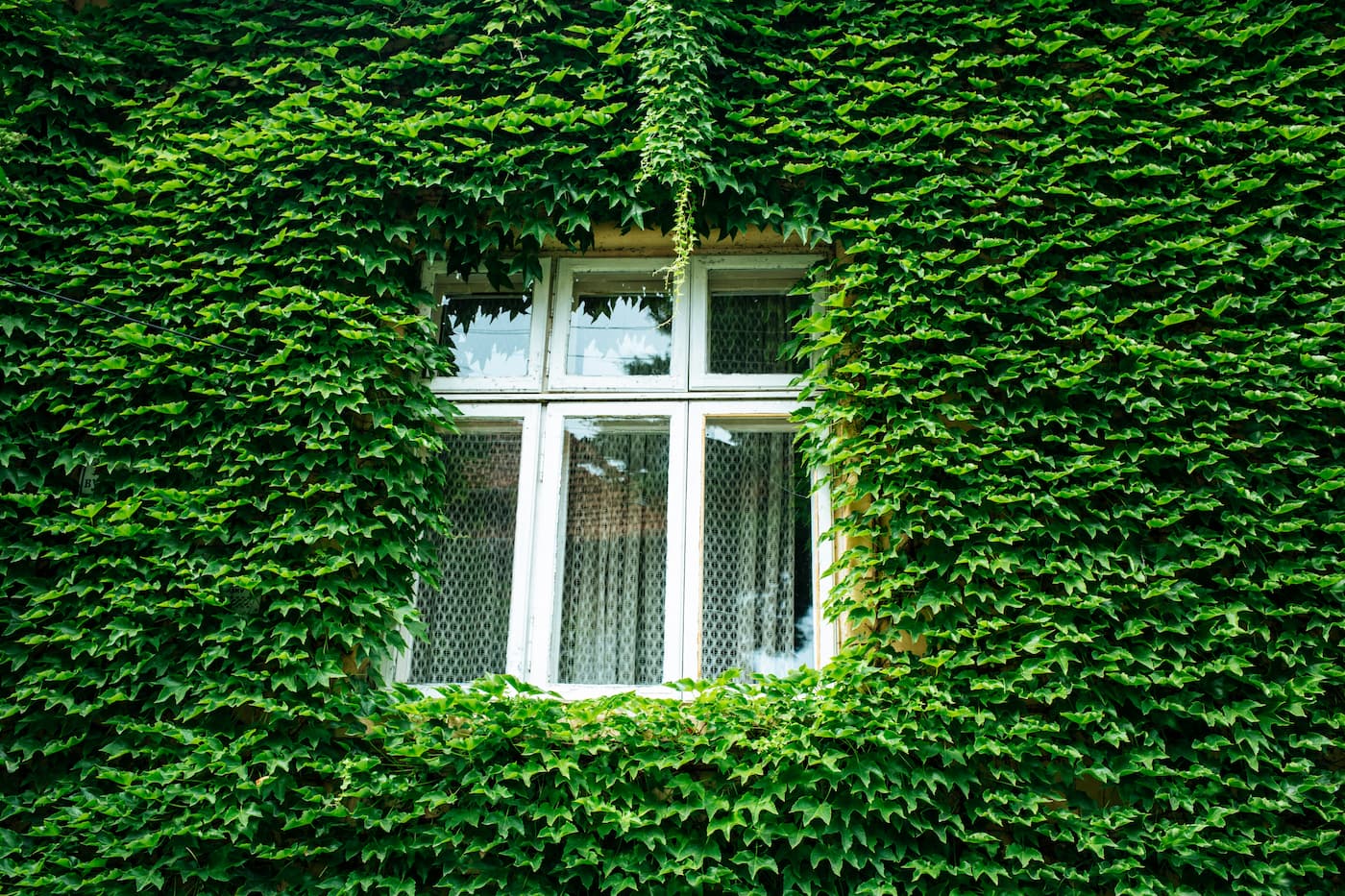Before buying real estate, it's essential for investors to know realistic rental property maintenance expenses. Without a way of estimating rental property expenses, an investor planning to turn a profit may instead be looking at red ink.
In a worst-case scenario, they could be forced to sell their rental property at a loss in order to stop the bleeding.
What is the industry standard?
Property managers have rules of thumb for estimating annual rental property maintenance expenses. Using the 50 percent rule, set aside half the annual property rent. Using the 1 percent rule, set aside 1 percent of the property value per year. Using the square footage rule, set aside $1 per square foot per year.
Some operating expenses are fairly predictable, and the property owner should be able to budget for them regularly. Owners should be sure to know which ones are tax deductible. Others, such as emergency appliance replacements, are more unpredictable, so real estate investors should allow for some surprise expenses.
Check out Mynd's rental income calculator to estimate your returns and cash flows.
1. Property taxes
Real estate investors can consult the county assessor to get the exact figure for current property taxes, which could be different from what the seller lists. A buyer should also be sure to find out what property taxes they'll pay after they close escrow. It could be very different from what the seller pays.
2. Electricity
Residents usually pay for electricity. However, multifamily properties may require higher costs because of the electricity needed for common areas of the property.
3. Pest control
Pest control is mainly preventative maintenance. In the event of an infestation, the owner must intervene immediately to ensure the tenant's comfort and safety. Treatment of the average single family home can cost about $150 for a single treatment.
4. Waste management
It's the owner's responsibility to maintain cleanliness by providing trash cans and coordinating regular collection. Additionally, elevators and other shared-use areas are the rental property owner's responsibility to keep clean. An injury caused by debris in common areas is an owner liability.
5. Insurance
Insurance agents can give estimates based on the specifics of a property. Based on geography, owners may need particular coverage for events like earthquakes, floods, etc. Purchasing the right insurance is critical.
6. Homeowners Association (HOA) fees
A property manager should be able to provide information on Homeowners Association (HOA) fees. It's important to know the current fees, when the fees increase and by how much, and if there's a special assessment on the horizon.
7. Property management fees
When using a property manager, owners can expect to pay six to eight percent of the rental income toward the management fee. That figure may not include re-leasing costs following tenant turnover, which could be as high as 50 to 100 percent of a month's rent in addition to the monthly fee.
8. Vacancy
Rental properties typically won't be rented all the time, so owners should factor in some vacancies into their budget.
9. Routine maintenance
These are the expenses associated with maintaining curb appeal and common areas. This includes landscaping, cleaning, and trash and recycling collection.
10. Seasonal maintenance
Depending on location, seasonal maintenance may include pruning trees, raking and mowing, snow removal, and cleaning of gutters. Keeping away dry debris is part of fire prevention.
11. Appliance maintenance
It's in the landlord's best interest to maintain appliances themselves so that their investment is adequately taken care of. This means routinely servicing HVAC systems, sump pumps, refrigerators, stoves, washers, and dryers.
12. Emergency maintenance
Property owners should always plan for emergencies, such as a heater dying during winter, an AC giving up the ghost during a heatwave, or pipes bursting in the middle of the night. These events demand immediate attention to prevent further damage to the property and ensure the resident's comfort and safety.
13. Painting and flooring
Applying a fresh coat of paint between residents is a great way to freshen up a property. This may be the only option if an occupant left the walls particularly scuffed or marked up.
If the damage exceeds normal wear and tear, a property owner may be justified in taking a percentage of the security deposit to cover the cost of repainting. But in the case of a long-term renter moving out, painting would fall under regular maintenance.
Similarly, flooring may need to be replaced between residents. Carpet suffers the most from normal wear and tear. Regular carpet maintenance may include yearly professional cleaning.
Owners may want to consider a flooring option that requires less care, like laminate or wood, which will speed up rental property turnover.
14. CapEx, or capital expenditure
CapEx, or capital expenditure, is a term for the costs to upgrade and improve an investment. It's used to refer to big-ticket items like the roof, water heater, and appliances.
Budgeting for expected capital expenditures is easier than for surprises, since owners should know that certain items will have to be replaced periodically, they should know the lifetime of those items, and they should know their cost.
Many investors set aside 5 to 7 percent of gross rental income for capital improvements (as the IRS refers to this). So, for a house that rents for $2,000 a month, the owner would want to set aside $100 to $140 a month.



